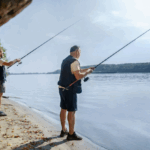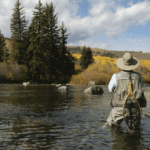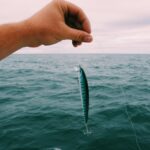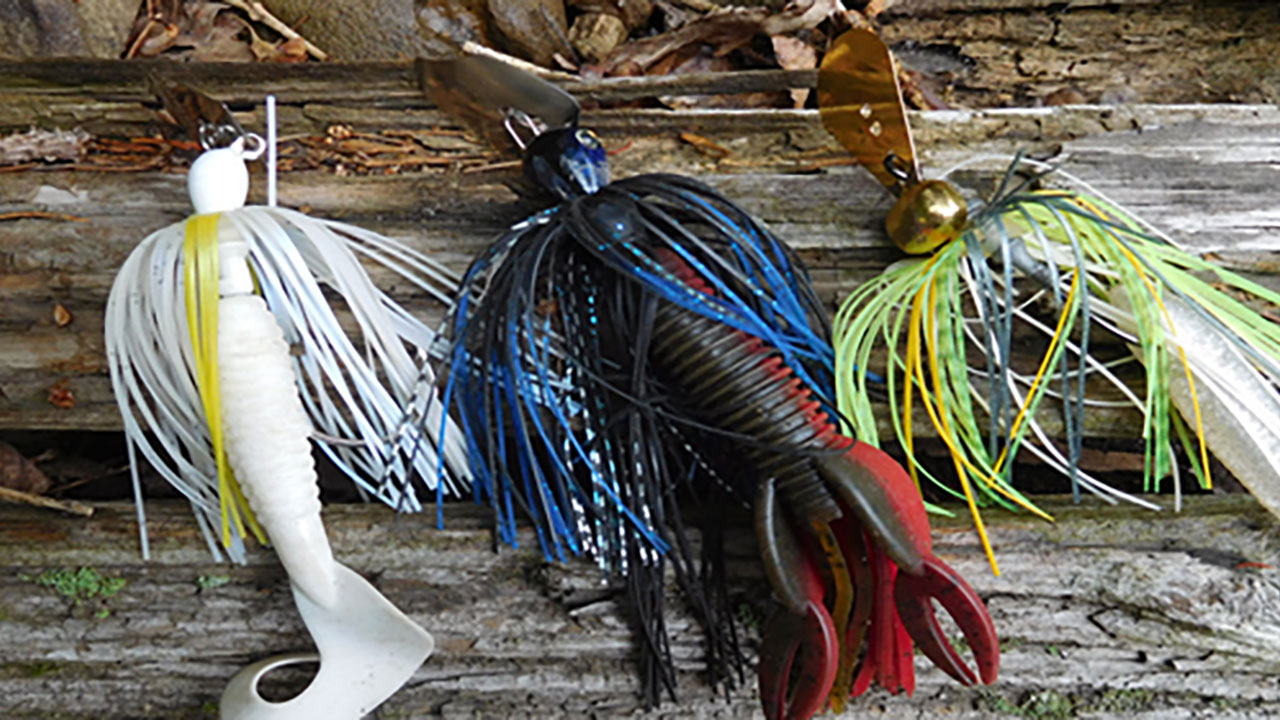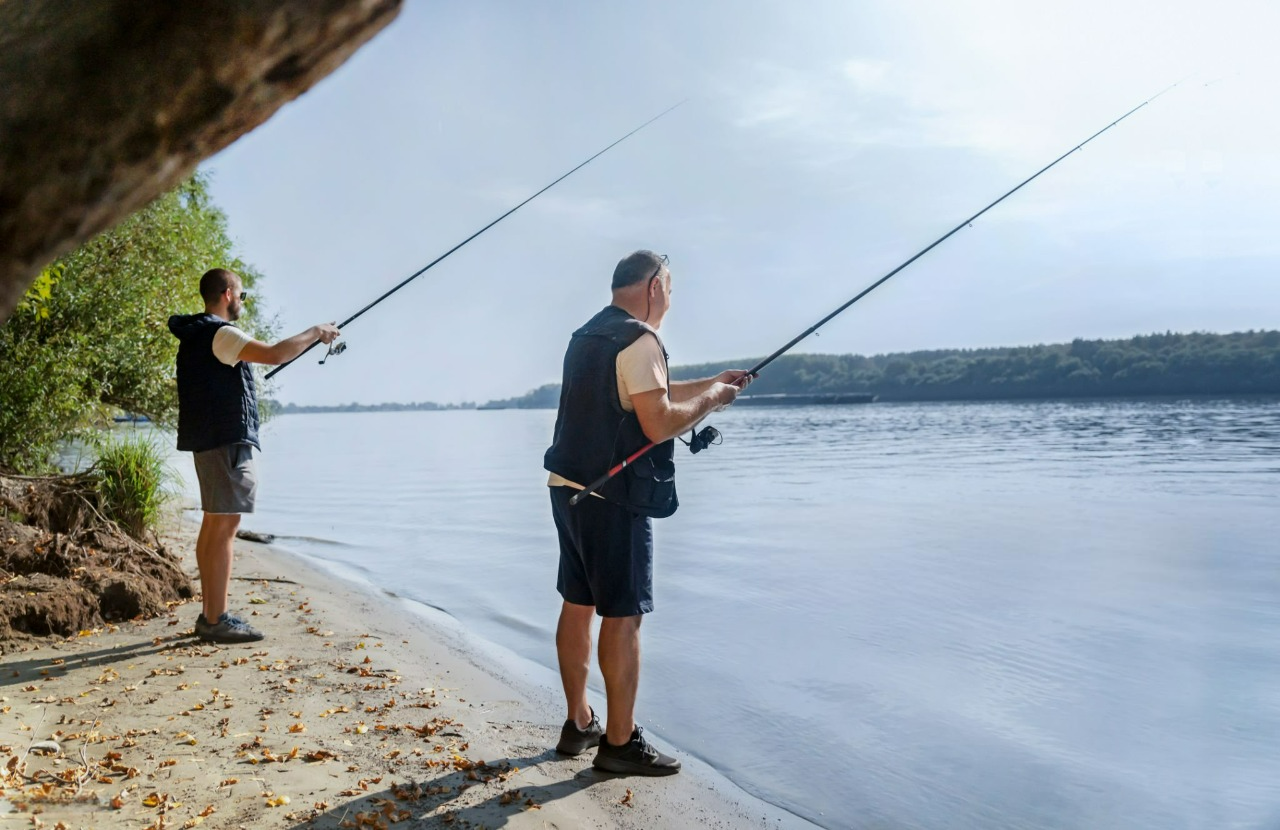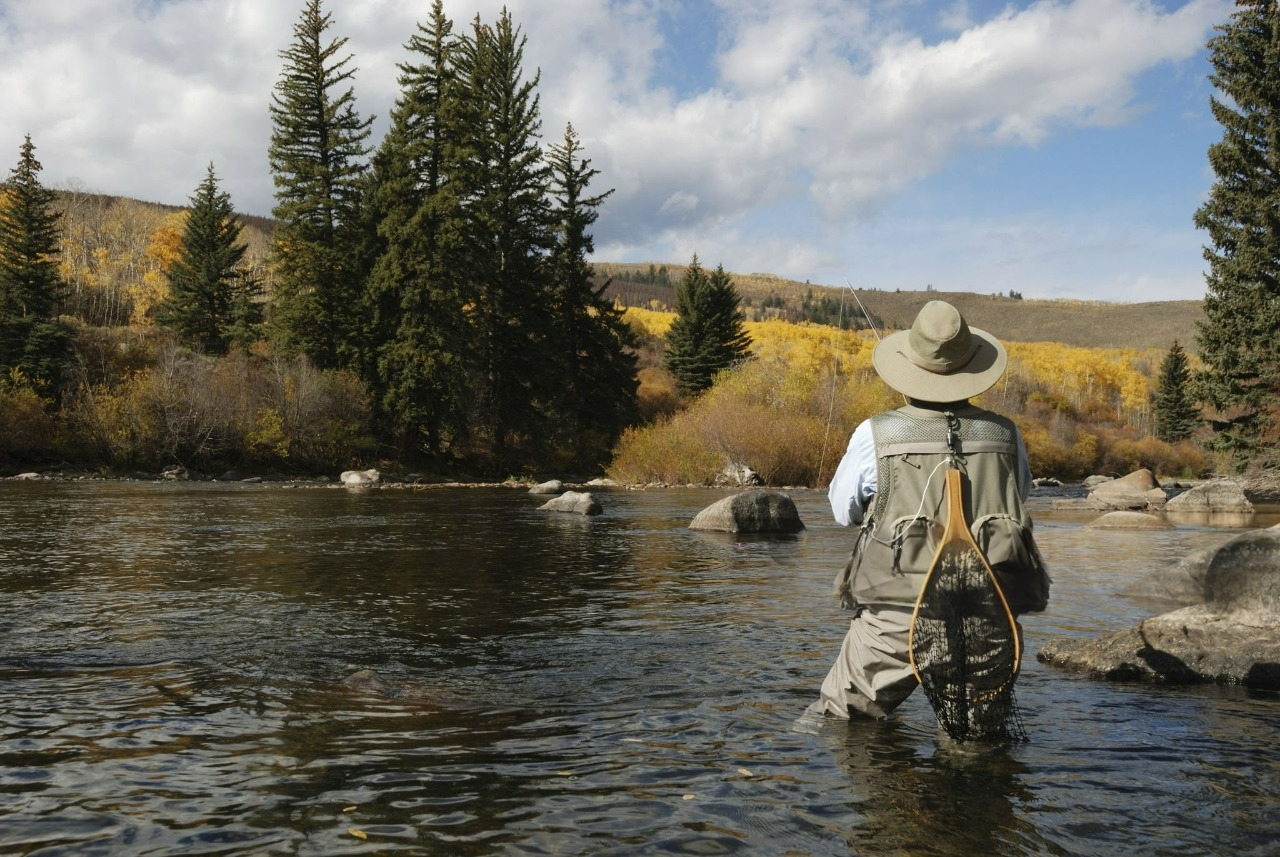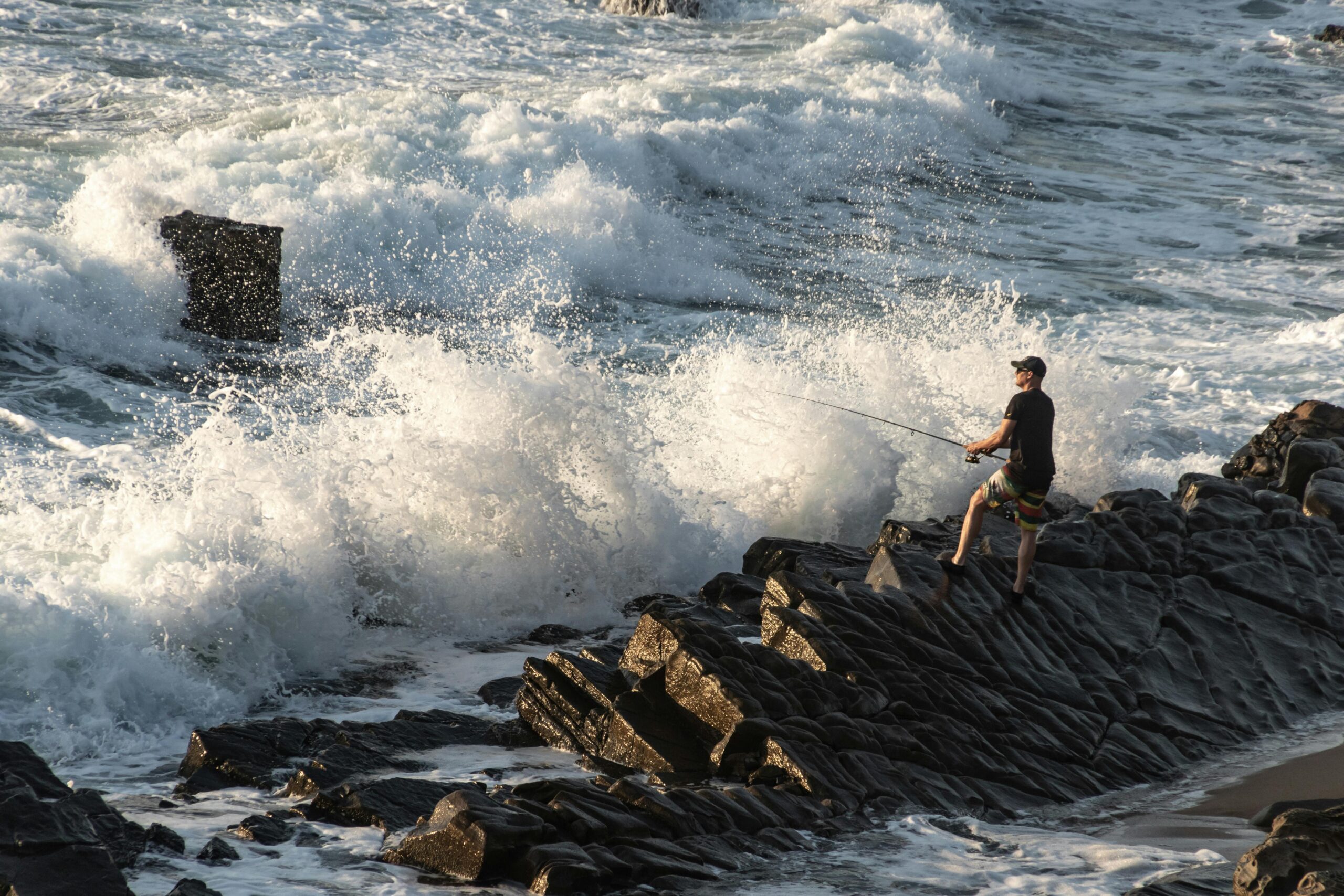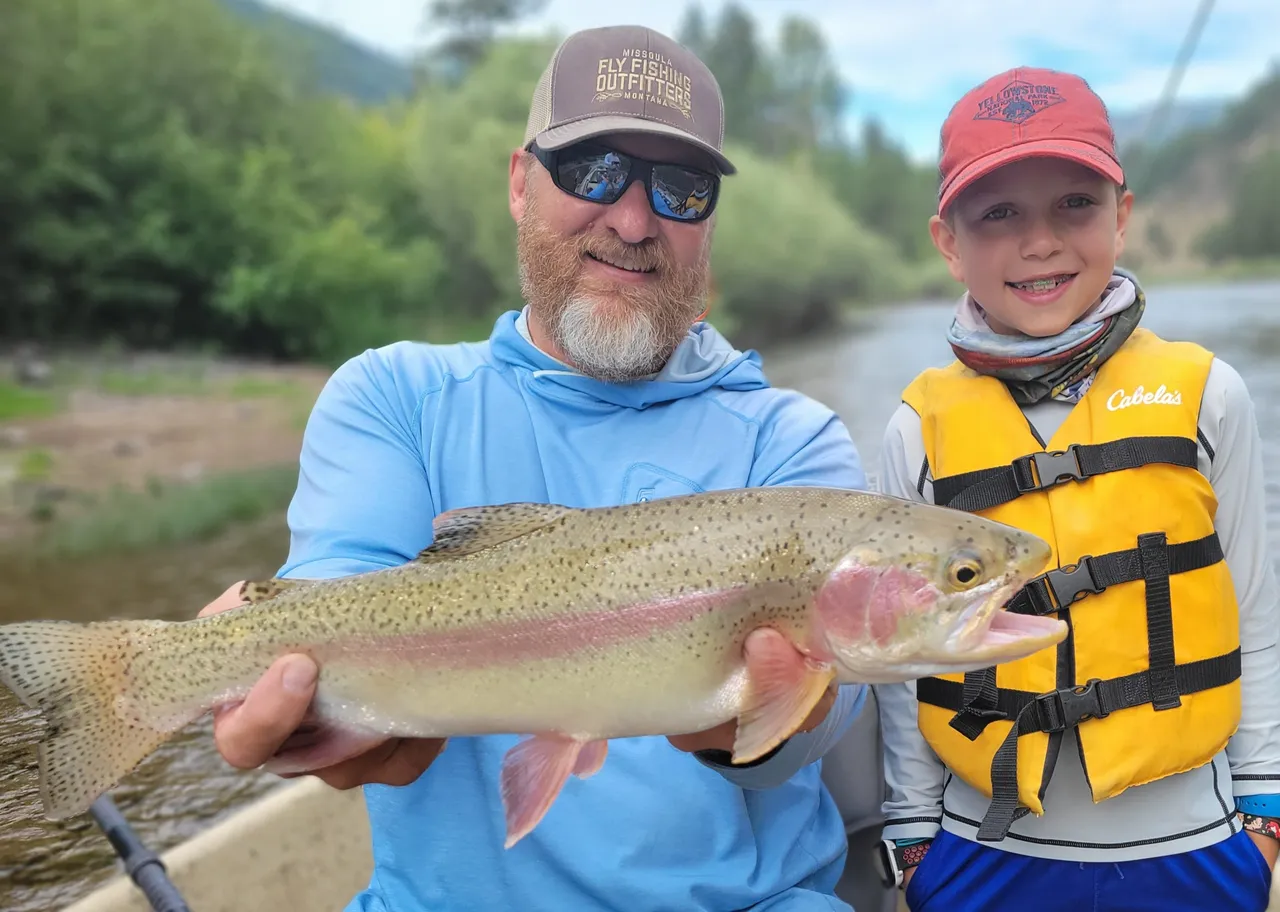The swim jig is a versatile and effective lure that can be used in a variety of fishing situations. If you’re wondering how to fish a swim jig effectively, these tips will help you make the most of this bait for a productive day on the water.
The swim jig is a popular lure that combines the action of a traditional jig with the versatility of a swim bait. It’s designed to imitate a baitfish or creature and is highly effective in a variety of fishing conditions. Though the swim jig has been around for a while, there are still a few anglers who may not fully understand how to get the most out of this lure. Whether you’re targeting bass or other species, learning how to fish a swim jig can greatly enhance your fishing experience.
Shallow Water
When fishing in shallow water, the swim jig is one of the best choices for covering large areas and triggering strikes from active fish. The key to fishing a swim jig in shallow water is to keep the bait moving fast just below the surface. Use a medium retrieve and keep your rod tip high to allow the jig to swim just above the bottom, creating a slight wake as it moves. This technique mimics a wounded or fleeing baitfish, making it irresistible to predators. For fishing in spring or early summer, try a faster retrieve, and consider using a swim jig with a small trailer like a paddle tail swimbait to create more movement and vibration.
In shallow water, the swim jig works especially well around weeds, grass beds, or submerged vegetation, as its weed guard helps prevent snags. If you’re fishing near cover, cast the swim jig towards it and let it swim through the vegetation, keeping your rod tip high to avoid getting caught. The key here is to use a steady, smooth retrieve to keep the jig moving at the right depth.
Mid Depth
When fishing in mid-depth water, the swim jig’s action shines through. To fish a swim jig in this depth range, drop your rod tip slightly and slow down your retrieve to give the jig a more natural swimming motion. This is particularly effective when targeting bass that are holding near structures like fallen trees, rock piles, or brush. The slower retrieve allows the jig to move just above the bottom or around the structure, mimicking a baitfish that is cruising the middle of the water column.
Another important tip for fishing a swim jig at mid-depth is to focus on areas with submerged grass or vegetation. The swim jig is excellent at gliding through these areas without getting caught, and the subtle action of the bait is often irresistible to fish. If you encounter obstacles like rocks or logs, don’t be afraid to let the jig bounce off them; the deflection can trigger a strike, much like how a crankbait works.
Deep Water
For deep-water fishing, the swim jig can still be effective if used properly. The key is to let the jig sink to the bottom and keep in contact with the lakebed, but not let it rest motionless. If you’re fishing deep structures like drop-offs, ledges, or deep weed beds, make sure to experiment with a slower retrieve and let the jig move slowly across the bottom. The swimming motion of the jig, combined with the vibrations, can attract fish even in deeper, darker waters where visibility is limited.
For deeper water, try using a heavier swim jig or a jig with a larger, more compact profile to maintain contact with the bottom, but still give off the right vibration. Some anglers also recommend using a swim jig with a more aggressive trailer, like a creature bait or crawfish-style soft plastic, to enhance the presentation and trigger more bites from fish looking for a bigger meal.
Swim Jig Setup and Trailer Tips
Just like other jigs, the swim jig’s effectiveness can be influenced by the type of trailer you use. For shallow water, opt for a smaller trailer, such as a small swimbait or craw. Mid-depth fishing may require a slightly larger swimbait or a trailer with more action, while for deep water, larger, bulkier creature baits or crawfish patterns work well.
When it comes to choosing a swim jig color, it’s essential to match the hatch. If you’re fishing clear water, go for natural colors like white, shad, or bluegill patterns. For murkier water or low-light conditions, choose darker colors like black, green pumpkin, or purple to create a more visible silhouette. The key to selecting the right trailer is to experiment with different options until you find the one that works best for the specific water conditions and fish behavior.
Conclusion
The swim jig is a powerful tool in any angler’s tackle box, capable of catching fish in a variety of fishing conditions. Whether you’re fishing in shallow, mid, or deep water, adjusting your technique and trailer can make all the difference. By understanding how to fish a swim jig and how to adapt to different depths and situations, you’ll be prepared to target a wide range of species. Whether you’re fishing through submerged weeds, near rocky structures, or on deep ledges, the swim jig can be an effective choice for a variety of fishing scenarios. Next time you hit the water, make sure to give the swim jig a try—you’ll be amazed at what it can do!

